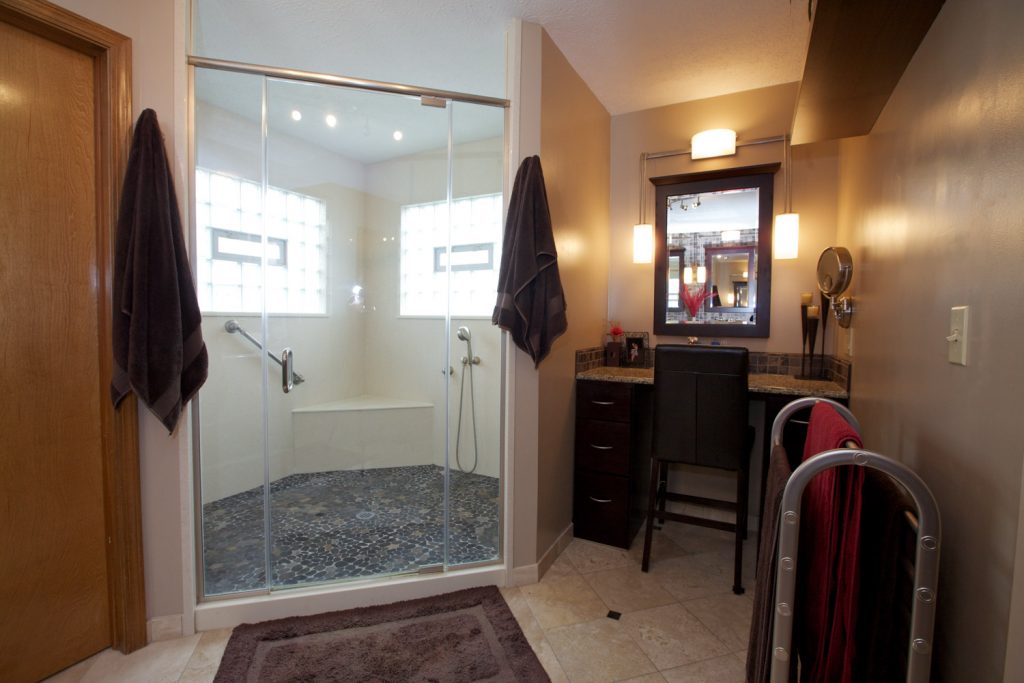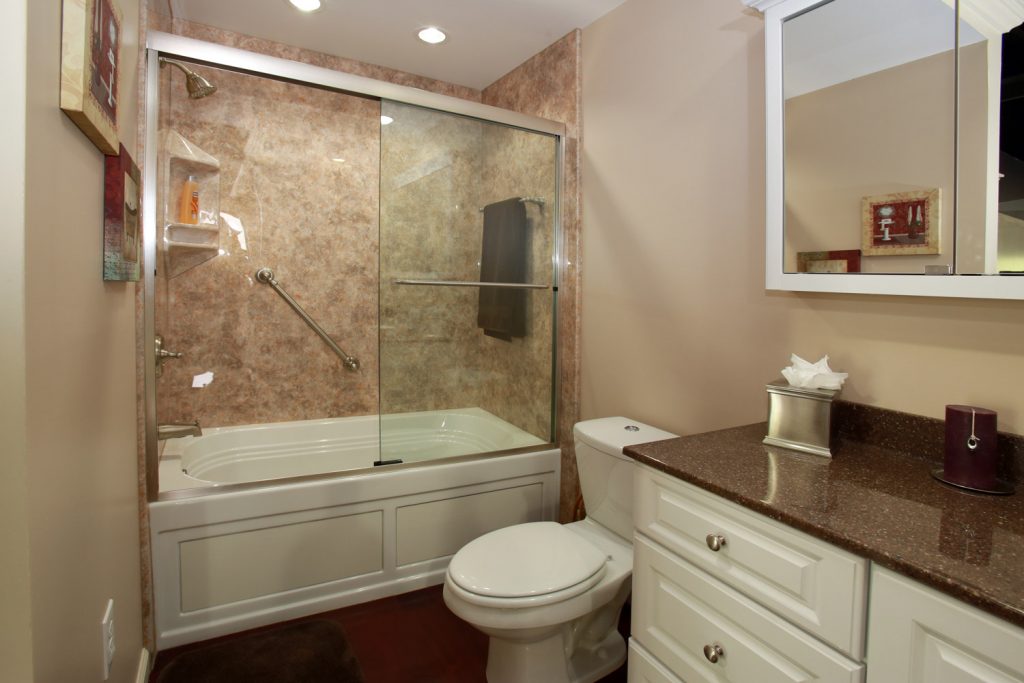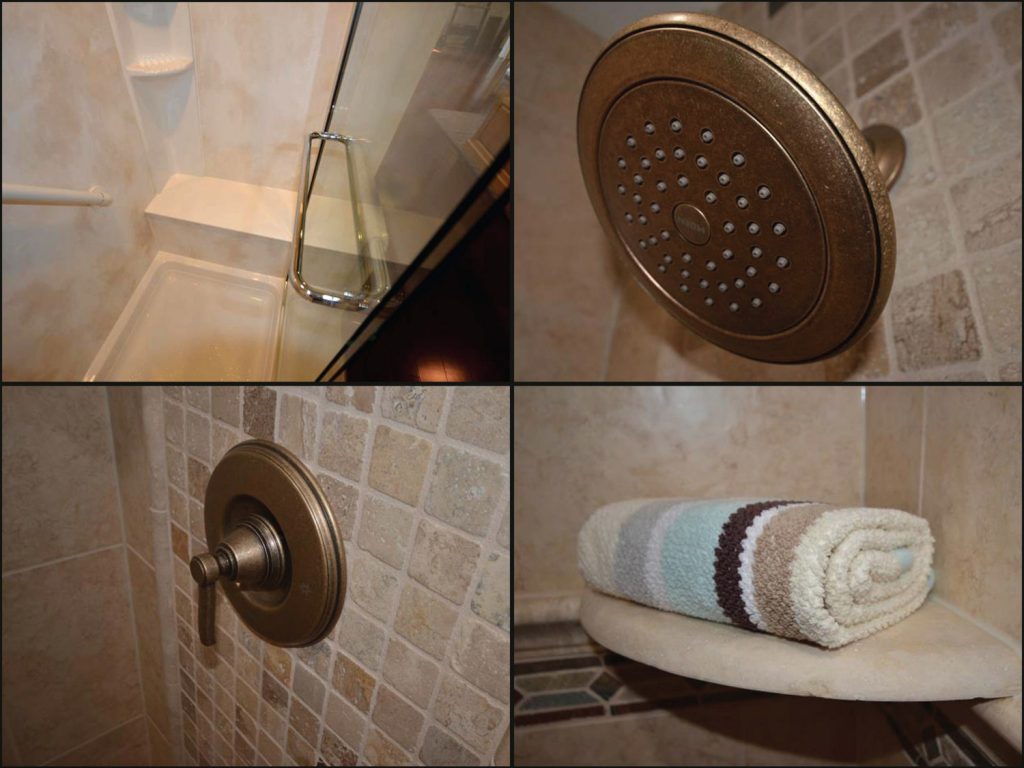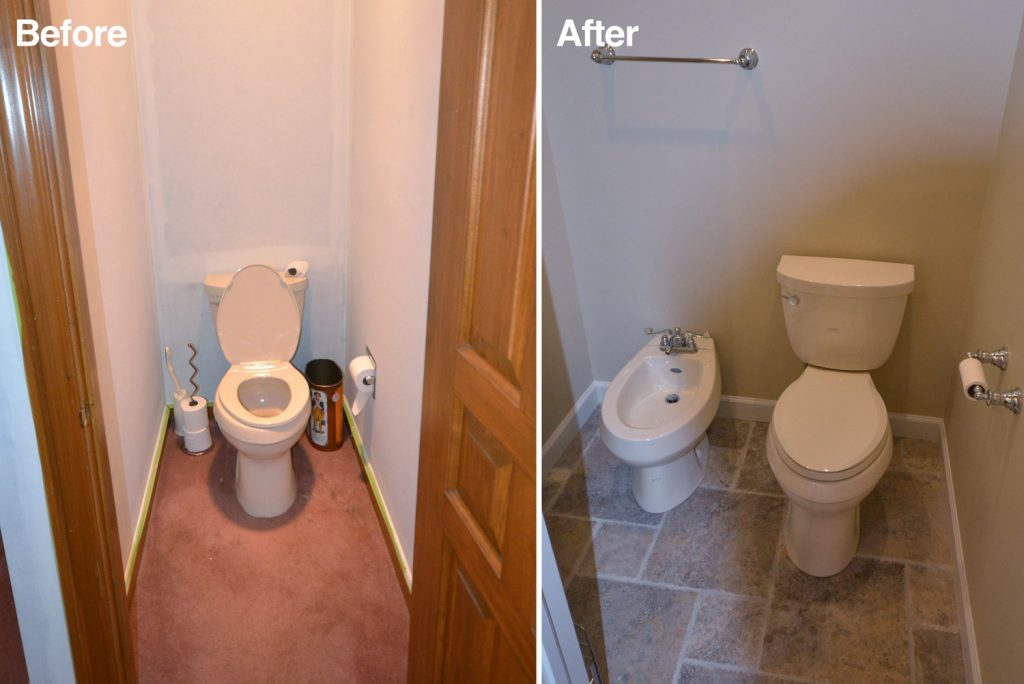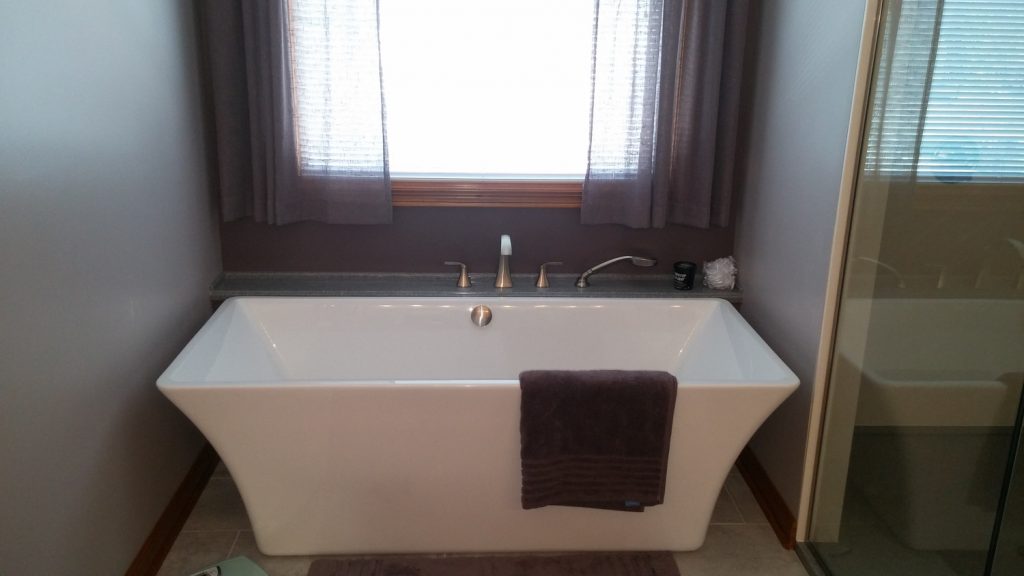The Ultimate Tile Layering Guide
Installing tiles needs three things- Planning, Preparing. In fact, opting for DIY can always get tedious at times. That is why we have properly curated this Tile Layering article, you that you can achieve professional like installation all by yourself.
Also read: 5 Best Ways to Transform Your Kitchen
Step by Step to Tile Layering Guide
Step 1: Preparing the Surface
In order to attain the best results, you need to make sure that the surfaces you will lay the tiles on are clean, dry, and smooth. If there are any uneven or damaged areas, invest your time in patching and leveling them. Cross check and make sure that the surface is structurally ideal for laying tiles and the area is free of soap scum, wax, and grease. Remove any trim, moldings, appliances that might seem to interfere with the application of tiles. Check the doorjambs and ensure that the tile has clearance after being installed beneath. Identifying the potential adversities will facilitate a smooth tile layering session!
Step 2: Starting with the Layout
This step needs to be efficient. Mark the center point of the walls in your room. To make the correct intersection, put lines with chalk between the center points. This will help you pinpoint the exact center of the room. Go ahead to make sure that the intersection you have marked results in perfect squares. Start from the center point. Firstly, lay down loose tiles in a row. This should be done in both directions along the center lines. On reaching the walls, you will be required to cut the tiles to get the best fit. If the room is large and you need to make it more manageable, you can proceed by dividing every section into 2’ x 3’ grids. You can do this when you snap additional lines that are parallel to the centerlines.
Step 3: Application of the Adhesive
The general rule of the thumb says that you should mix adhesive in an amount that will be completely used within 30 minutes. You are required to use the trowel’s flat side that is recommended on the packet of the adhesive being used. Spread a 1/4th coat. Do not cover the guidelines. Once done, hold the trowel while tilted at 45 degrees. Make use of the notched side and comb the adhesive into the standing ridges. To keep a ridged and uniform setting bed for the tile you need to remove any extra adhesive. Be careful of spreading it over a larger area if it can set within 15 minutes. Make sure to follow this step religiously.
Step 4: Cutting the Tile as Per the Requirement
Mark carefully the measured cuts-to-be. Use a pencil or a pen with a felt-tip to mark on the tiles. Use a tile cutter if you want to have diagonal cuts or cuts that are pinpoint straight. You can achieve mastered curved cuts using a nipper. It will help you chip away the small pieces if any. If you want a curved cut in full length you can use a rod-saw for the task. Once you have the cuts, use a carborundum stone and smooth out the sharp edges. This will give a soft finish to the tiles. Reach out to any professional for home remodeling and get the job done perfectly.
Step 5: Setting the Tile
This is where you actually install the tile. Begin with the center of the room and do one grid at a time. Set one tile at a time and make sure to steer clear of any sliding of the tile. On completing one grid, tap in the tiles using a rubber mallet or a hammer with a woodblock. This will ensure that the tiles have a solid bond and the same level.
GC Pro Remodeling undertakes any home remodeling contract, Las Vegas. Get in touch with us for the best renovation services.


